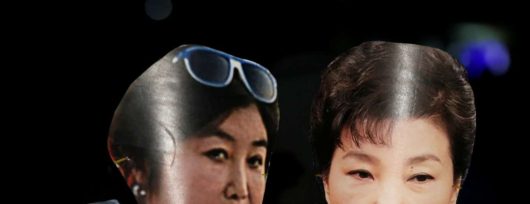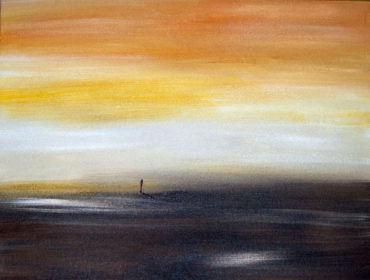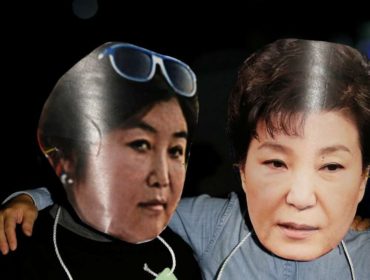By Hal Swindall
 The year 2016 is officially the “Annee France-Coree” to celebrate 130 years of diplomatic relations begun in 1886. Amidst the festivities, however, it is important to remember an earlier event in Franco-Korean history that went less well: the byeong-in yangyo, or French punitive expedition to Korea to avenge the execution of nine French Catholic missionaries and force the country to engage in global trade. Not much scholarship on this incident exists, but what has been done plus some primary material makes for a fascinating story. An early narrative was written by Park Byeong-Seon, who discovered from 1866 French loot at the Bibliotheque Nationale de France proved that Korea was the first country in the world to print a book using moveable metal type; alas, she has also been largely forgotten. More recently, Wikipedia has an article that subsumes many others. All the accounts together make for a fascinating glimpse of a Korea (and a France) gone by.
The year 2016 is officially the “Annee France-Coree” to celebrate 130 years of diplomatic relations begun in 1886. Amidst the festivities, however, it is important to remember an earlier event in Franco-Korean history that went less well: the byeong-in yangyo, or French punitive expedition to Korea to avenge the execution of nine French Catholic missionaries and force the country to engage in global trade. Not much scholarship on this incident exists, but what has been done plus some primary material makes for a fascinating story. An early narrative was written by Park Byeong-Seon, who discovered from 1866 French loot at the Bibliotheque Nationale de France proved that Korea was the first country in the world to print a book using moveable metal type; alas, she has also been largely forgotten. More recently, Wikipedia has an article that subsumes many others. All the accounts together make for a fascinating glimpse of a Korea (and a France) gone by.
The historical context of the expedition was the efforts of Western imperial powers to convert non-Western countries to Christianity and integrate them into world trade. In this scheme, the “hermit kingdom” of Korea was the most recalcitrant of all. Unlike China, which had allowed foreign concessions, and Japan, which eagerly adopted Western technology, Korea shut itself off from foreign contact, despite continual overtures by Western governments to open up. In 1861, a Russian ship came to Wonsan to demand trade, but was rejected; Russians made repeated requests in 1864 and January 1866 with the same result. A major factor may have been Russia’s continual annexation of Manchurian territory, which by the 1860s had reached the Yalu River. Russia’s overtures may also have reminded the Koreans of what happened to China when it opened to trade with the West, especially the Second Opium War and Treaty of Tianjin in 1860.

Korea was then ruled by a teenager named King Gojong; he was really controlled by his father, the regent Heungseon Daewongun, who was an isolationist. Court nobles were divided into the conservative byeokpa, who held power and did not want dealings with Europe, and the progressive shipa, who were sympathetic to the West and Christianity. When ferment at court over the Russians caused Christian nobles there to think the time was ripe for religious tolerance, they wrote a letter to Heungseon, who invited the French bishop secretly in Korea to an audience, but shortly later postponed it. Then a letter arrived from the Korean ambassador to China reporting Chinese executions of Christians; this was in January 1866, too. No one knows if Heungseon changed his mind or was forced by the byeokpa, who had been waiting to strike against foreign influence, but in the following weeks nine of the twelve French Catholic missionaries in-country and some 10,000 of their converts were executed.
Fr. Felix Ridel, one of the three surviving French missionaries, was smuggled in late June by Korean converts to the Chinese port of Yantai, then called Chefoo by Westerners, where he met Rear Admiral Gustave-Pierre Roze, commander of France’s Far Eastern fleet, and the French vice-consul. They informed Monsieur de Bellonet, the charge d’affaires in Peking, who telegraphed Paris that Roze was going to Korea, where he would probably meet no resistance. Bellonet also wrote Roze ordering him to remove King Gojong from his throne, which would be filled by the French ruler Napoleon III’s choice; confiscate the property of court officials, which would repay the relatives of the dead missionaries; and use the Korean royal treasury to pay the cost of the expedition.
Roze shared Bellonet’s outrage, and was aflame to attack Korea; however, he wanted to reconnoiter it first, since he did not know the location of the Han River’s mouth. Accordingly, he set sail on September 18 aboard the corvette Primauguet, accompanied by the escort vessel Deroulede and the gunboat Tardif. This was the first stage of the French invasion. The three ships entered Gyeonggi Bay two days later, but the Primauguet ran aground on a sand bank and was stuck; therefore, the Deroulede and the Tardif continued up the Han River taking soundings and charting its course. On the 26th, they arrived beside Seoul, which then covered what is now the downtown area north of Namsan. After spending the day moored there, they sailed back to drag the Primauguet off of the sand bank on the 30th; then all three vessels returned to Chefoo on October 3. During this stage of the byeong-in yangyo, no Korean resistance was encountered.
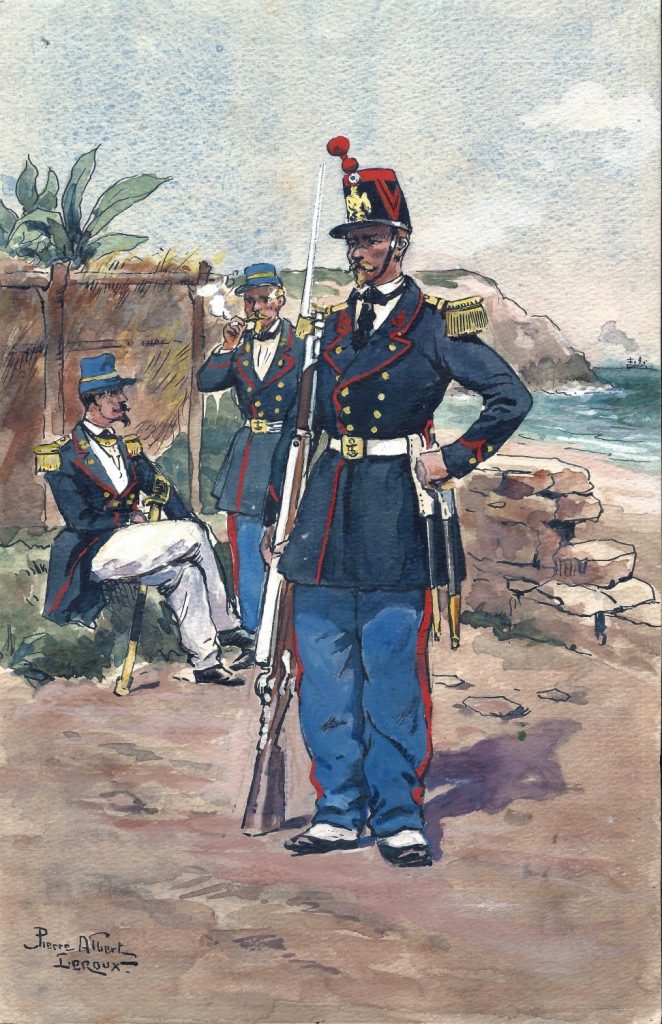
The second stage of the expedition began on October 11, when a fleet of seven ships and 900 men sailed back to Ganghwa-do. On the 14th, French marines (fusiliers marins) disembarked and began to march inland to Ganghwa-eup, which was then just called Ganghwa, in the center of the island. The French force withdrew on November 14 with much loot, having sustained casualties of around 35 wounded and three dead in sundry skirmishing and capturing forts. Roze wrote the French consul-general in Shanghai that he had not enough numbers to invade Korea’s interior, but that with sufficient resources he could take Seoul in 1867; anyway, he considered his expedition a success, since it had shown the Koreans that they were not invulnerable. The consul-general and other residents in China were critical of Roze, however, as were Ridel and the British press. Inside Korea, there were worse repercussions: by 1870, some 8,000 more Catholics had been martyred, and the country was even more determined to live up to its name as the hermit kingdom. There were attacks on French in China in 1870, too, but France could not retaliate due to its war with Prussia.
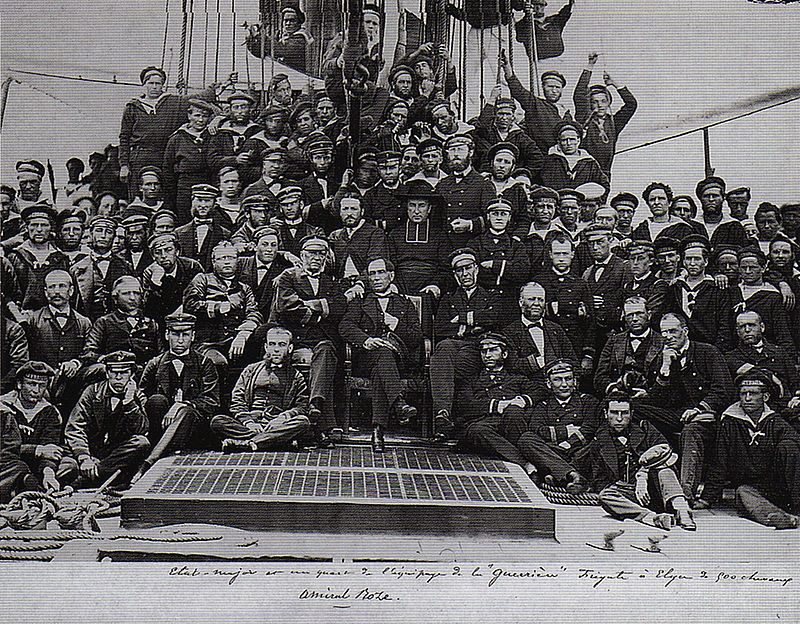
So much for the basic narrative of events, which apparently delayed the formation of Franco-Korean diplomatic relations by 20 years. Although no Korean account of the byeong-in yangyo has been translated into English, considerable light can be thrown on the affair from first-hand narratives by French participants, which reveal a past Korea from their perspective. One is a letter to his parents written by a quartermaster mechanic aboard the Tardif named Eugene Masson in December of 1866. Masson’s narrative differs from later scholarship in claiming there was Korean resistance to the first stage of the expedition, when the Tardif and Deroulede charted the Han River up to Seoul, and in the number of Frenchmen participating in the second stage, the attack on Ganghwa-do, which he claims was 600; he also states that the number of French casualties was well over 50. Masson also describes the combat performance of Korean troops as very poor, with Ganghwa-do’s forts being easily captured. Like his admiral, he predicts that the French will return in 1867 with superior numbers if the Korean king does not submit to their demands in the meantime. All in all, Masson paints a sorry picture of Korea and a glowing one for France.
A totally different sketch of Korea is drawn by a naval officer named Henri Zuber, whose 1873 article on the expedition has been cited by the French scholar Jean-Francois Gossiaux. The term “drawn” is deliberate, since Zuber had artistic talents that caused him to resign his commission in 1868 and become a professional artist. He left behind a bunch of sketches of Ganghwa-do, and in his article states that his purpose is to “pass lightly over military actions to focus … on the geographic and picturesque parts [of Korea]” (all quotes by Zuber are my translations). Indeed, about the only mention he makes of the Koreans as soldiers contradicts Masson’s: he states that in battle the Koreans “carried themselves well, and showed skill and a certain bravery.” Gossiaux points out that in the 19th century the picturesque really meant ethnography, and credits Zuber as an honest ethnographer, at least of cultural materials.
Yet Gossiaux’s quotations from Zuber’s article reveal that the artist-officer saw both bad and good in Koreans. For example, Zuber writes that they show many gaps in their education, with their way of life being far from Japanese “exquisite politeness” and Chinese “obsequiousness.” “Their character,” he asserts, “is soft, and their mind little developed.” On the other hand, Zuber also admires how widespread is basic education throughout Korean society. Surprisingly, he admits, “A fact that one cannot stop oneself for admiring in all of East Asia, and which does not flatter our self-esteem, is the presence of books in the poorest abodes. Those who cannot read are quite rare, and attract contempt from their fellow citizens. We would do better in the world if in France opinion against illiterates were as severe.” However, Zuber’s anecdotes go back and forth overall, alternately praising and condemning Koreans.
The most poignant memoir of the byeong-in yangyo by a French participant is an article published by retired naval officer G. Pradier in 1905, i.e. 40 years afterward during the Russo-Japanese War. This article has been translated into English by Daniel C. Kane, and is available online in PDF (google “daniel c. kane translation g. pradier”). Pradier’s descriptions of Korea includes everything from their hairstyles, which French troops called “flytraps” because of the way the topknot stuck up within their horsehair hats, to the countryside, which he says resembles Japan’s without being as beautiful. His main issue is the Korean national character, of which he is wholly condemnatory. He relates how Korean troops always fled from the French or were easily overwhelmed. Pradier furthermore claims he was responsible for requisitioning supplies from Korean villagers, and that Admiral Roze ordered his men to take nothing from them “without reimbursement.” Koreans were also forced to carry these supplies to French camps, and “it was often necessary to resort to the bamboo to make them obey”; indeed, he describes the Koreans as refusing to work unless they were beaten, while at the same time insisting that “never in the course of our expedition did one of our men commit an inhumane act.”
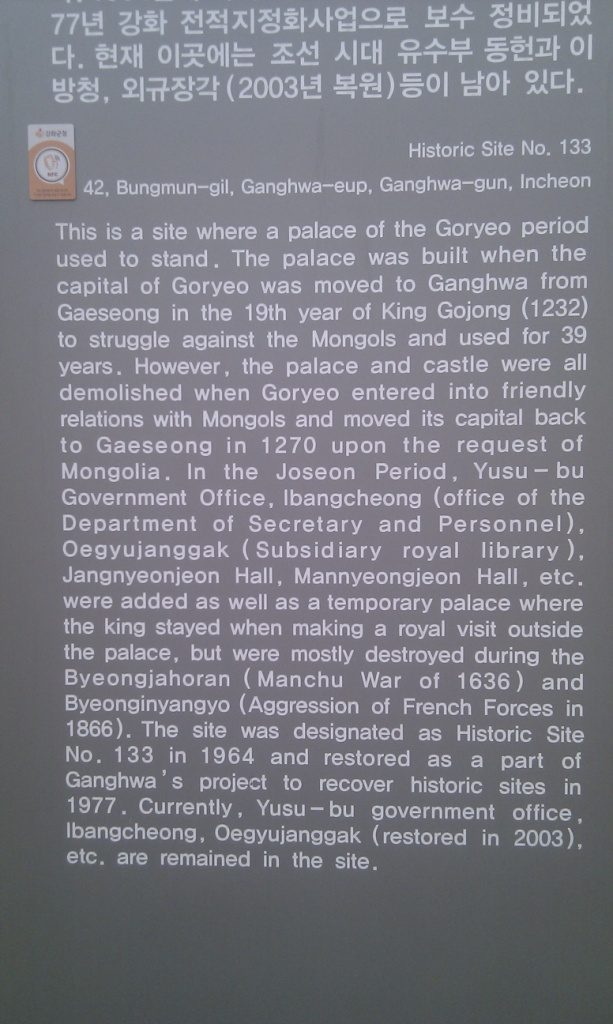
Overall, Pradier describes Koreans as “tall, robust, agile as mountain goats, and timid as rabbits; they lack all initiative.” In one telling example, he narrates how his party was surrounded on night while bringing supplies back to camp, but the French refused to be intimidated and instead forced the Koreans accosting them to carry their loads: “we forced them, the burgled, to aid their own burglars.” This leads him to conclude that the Japanese takeover of the peninsula is inevitable: “[Koreans] share none of their neighbor’s military aptitude …. [they] are farmers and fishers, nothing else.” Pradier then mistakenly predicts a Russian victory in the Russo-Japanese war, but accurately foresees a Japanese attempt to conquer all of Asia, including France’s possessions there. The last sentence of his article reads: “We cannot shrink from any sacrifice to protect our magnificent colony from the belligerence of our neighbors, the yellow races that surround us.”
All these old accounts would be unpublishable in our politically correct times, but after allowing for the prejudices of their authors they do reveal the decrepitude of the late Joseon Dynasty, before Korea was put through its initial modernization by the Japanese, then hardened by the Korean War and rapid industrialization following it. This makes it a pity that the byeong-in yangyo is so forgotten. If you go to Ganghwa-do today, though, you can still see some exhibits in the Ganghwa History Museum. The Goryeo Palace (goryeogungji), which the French destroyed, has also been restored. Other than those, alas, this episode in colonial history has entirely fallen out of mind; in fact, there are more French websites on it than Korean ones (google “expedition francaise a coree 1866” and “byeong-in yangyo” in Hangeul). Still, in the Annee France-Coree we can commemorate France and Korea’s first real encounter, and be glad that some things at least have changed for the better.
***
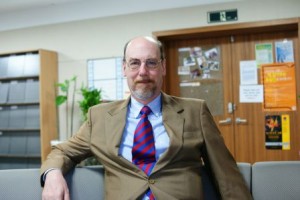 Hal Swindall is a California native who received his doctorate in comparative literature from UC Riverside in 1994. Since then, he has worked as a vagabond English prof across East Asia. Presently he teaches at Jinan University in Guangzhou (Canton) China. Other articles by him on Korea can be found here, here and here.
Hal Swindall is a California native who received his doctorate in comparative literature from UC Riverside in 1994. Since then, he has worked as a vagabond English prof across East Asia. Presently he teaches at Jinan University in Guangzhou (Canton) China. Other articles by him on Korea can be found here, here and here.




